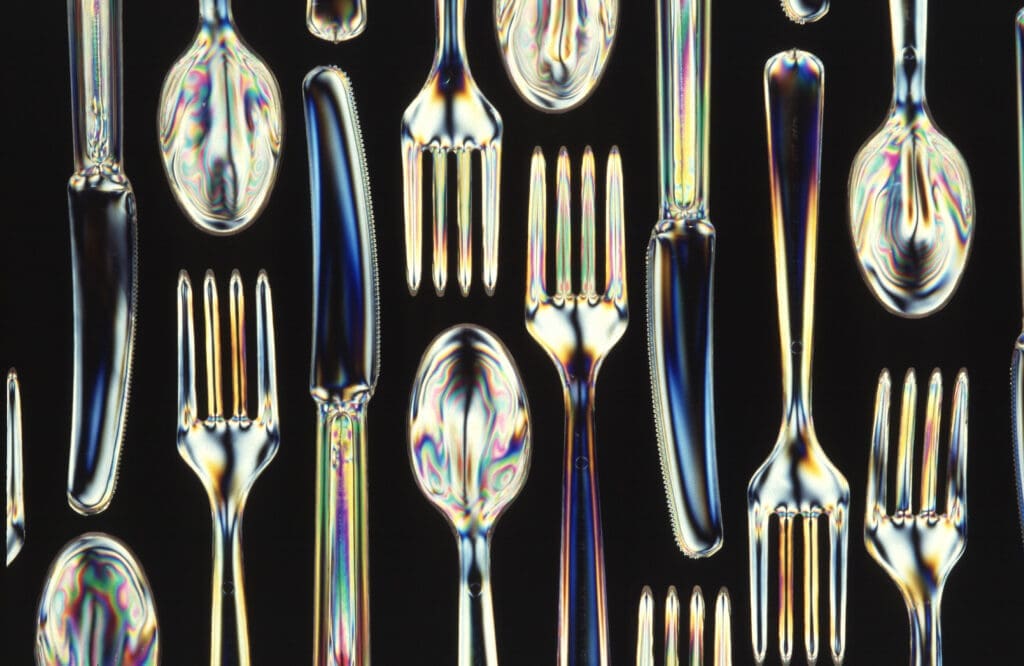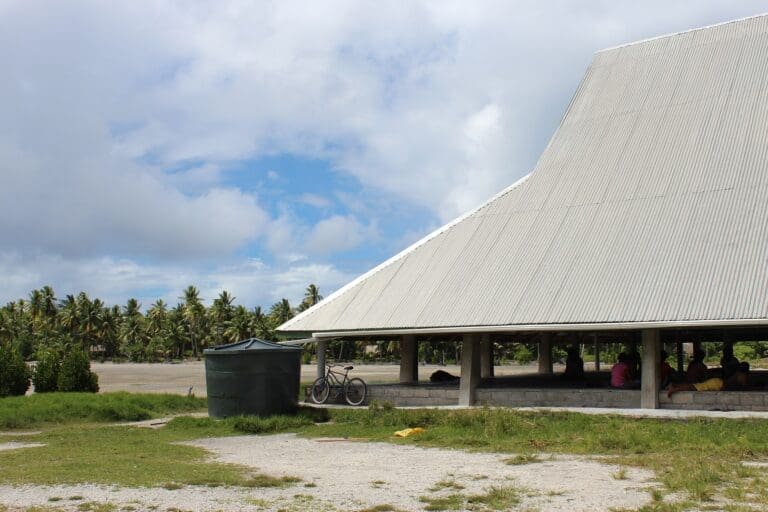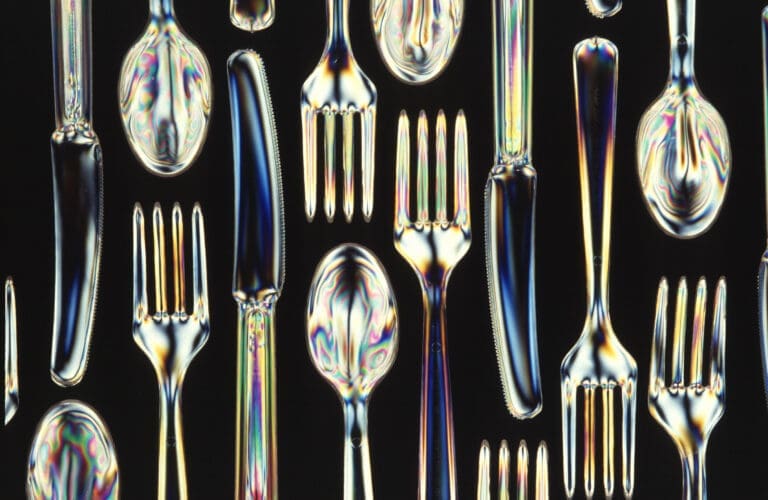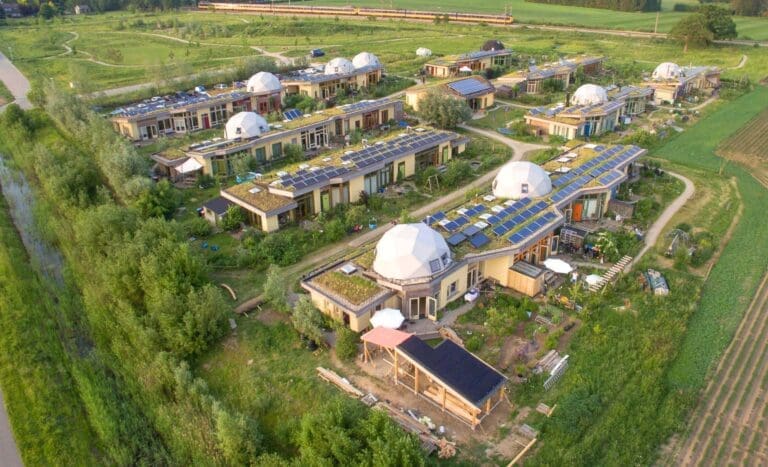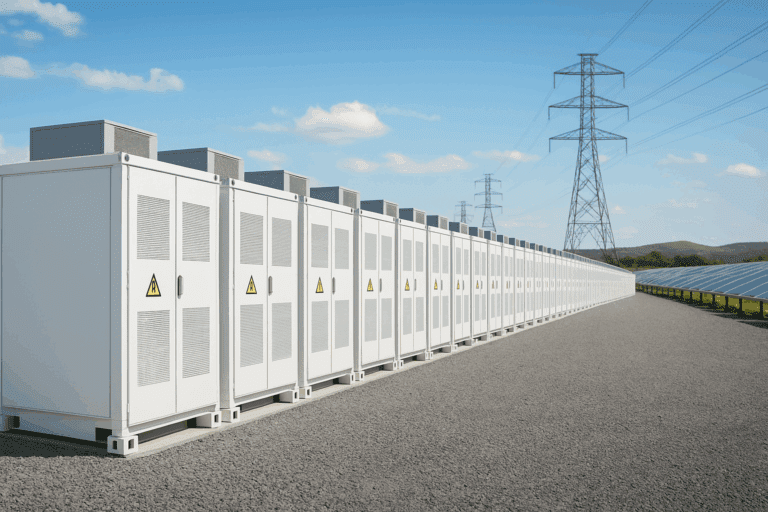Biopolymers are a diverse field of organic, long-chained molecules that combined create unique materials for a broad range of applications, such as food packaging or dissolvable implants. Biodegradable polyesters represent some of the oldest materials mankind interacted with,[1] since they can be made from renewable feedstocks like corn starch or sugarcane, or, produced by microorganisms through fermentation.
This article deep dives into current and future use-cases of biopolymers, complementing our Bioreactors article, which describes one of the potential production processes of biopolymers.
History
Historically, the general term of biopolymers can be applied to all those materials humans used in their effort to generate goods which originate from biological sources, such as wood and plants or animals (e.g., bones, skin, organ tissue). These sources were and are abundant, regenerative, and easy to be shaped into useful objects. With the chemical revolution, the term biopolymers as it is used today represents polymers which are long-chained chemical molecules—e.g., cellulose in plants or more complex biomolecules, such as polylactic acid (PLA) or polyhydroxyalkanoates (PHA) as base chemicals for further synthesis into high functional products.[2]
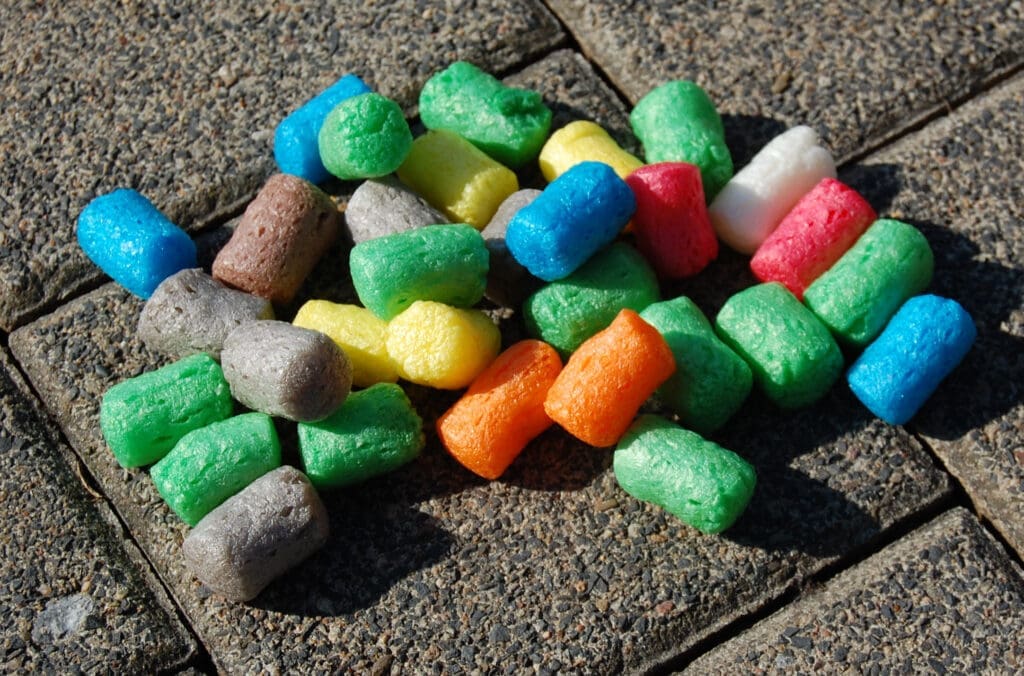
Modern biopolymers are made from renewable feedstocks like sugars, starch, oils, and cellulose. The production methods include microbial fermentation, enzymatic polymerization, chemical polymerization of bio-based monomers, and direct biomass processing. With the help of bioreactors, the first two production methods are being utilized to an increasing amount. These processes yield biodegradable materials like PLA/PHA or durable bio-based plastics like bio-polyethylene (PE) and bio-polyethylene terephthalate (PET), reducing reliance on fossil resources.[3][4]
An important note at this point is the following distinction: Biodegradable biopolymers (e.g., PLA, PHA, starch-based) decompose into natural compounds under microbial action, usually from renewable feedstocks. Non-biodegradable biopolymers like bio-PE or bio-PET, though plant-derived, are chemically identical to fossil plastics, remaining durable. Biodegradability depends on chemical structure, not origin! Bio-based doesn’t always mean biodegradable, and petroleum-derived can sometimes biodegrade.
The following use cases focus on biodegradable biopolymers only.[5] Overall, the environmental performance of biopolymers, either biodegradable or not, usually is better in comparison to fossil-based polymers, as energy consumption, supply chains, and production of biopolymers are more sustainable.[6]
Biodegradable Biopolymers Use Cases
Packaging and Food Applications
- Food packaging: Biopolymers like PLA, starch, and chitosan are established in food packaging for renewability, biodegradability, and food-contact safety. Packaging contributes heavily to global plastic waste streams, polluting land and oceans, greatly affecting wildlife and humans. Biodegradable plastics, however, break down more easily in natural environments. This makes them especially attractive for single-use items such as cups, trays, and films, which would otherwise clog landfills or leak into marine ecosystems.
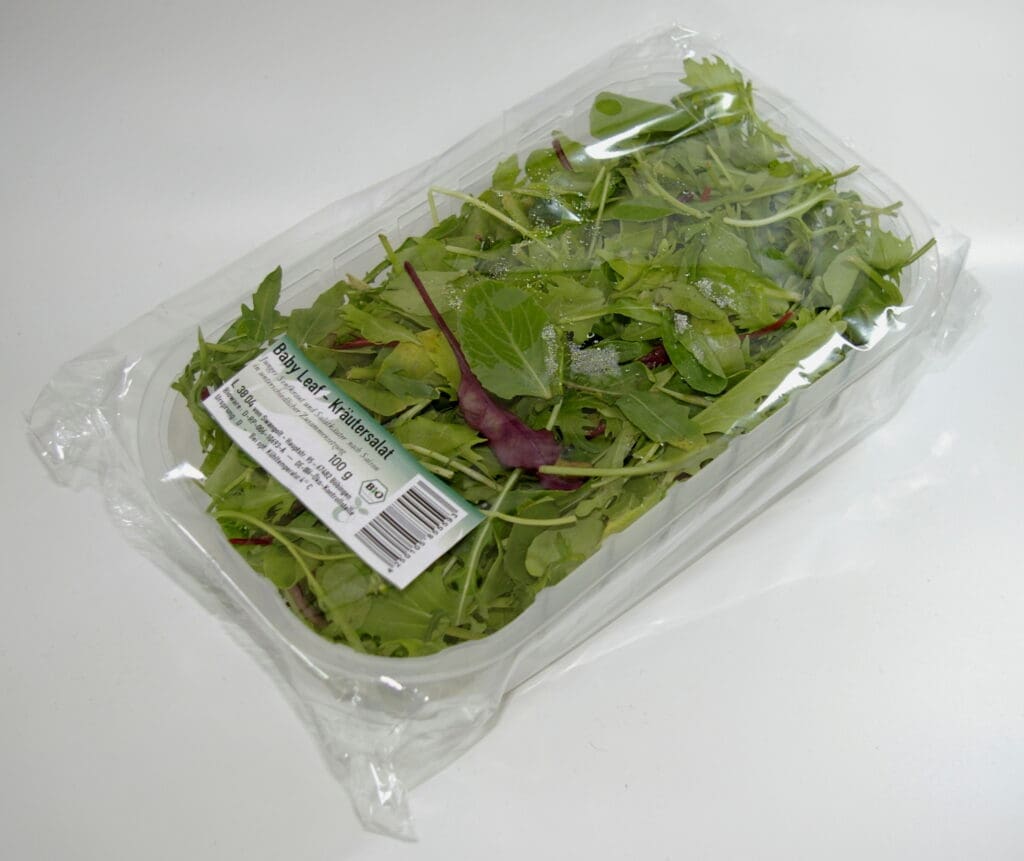
- PHA packaging: A promising option with strong biodegradability and film performance, though cost and scalability remain barriers. As economies of scale improve and fermentation techniques advance, PHA could become a mainstream substitute for petroleum-based films.
- “Active” packaging: New films can carry antimicrobials or antioxidants that extend shelf life, cut food waste, and boost sustainability. These smart systems reduce the need for artificial preservatives while helping retailers and consumers handle perishable goods more efficiently.
Moisture sensitivity, heat resistance, and brittleness remain hurdles. Compostable packaging only works if local waste management can process it correctly. Industrial composting facilities are required; home compost bins typically lack the needed conditions. Therefore, aligning materials with waste infrastructure is as critical as the polymer chemistry itself.
Medical and Health Care
- Absorbable sutures & implants: Biopolymers allow resorbable devices that dissolve after healing, avoiding removal surgery. This reduces patient stress, minimizes follow-up procedures, and ultimately lowers healthcare costs.
- Drug delivery systems: Hydrogels, nanoparticles, and conjugates based on biopolymers enable controlled medicine release, improving treatment and reducing side effects. They also open pathways for personalized medicine, where drug release can be tuned to an individual’s specific health needs.
- Tissue-engineering scaffolds: Hydrogels and porous matrices mimic natural tissue frameworks, helping cells regrow skin, bone, or cartilage. Such scaffolds can integrate with the patient’s own biology, turning temporary support into permanent, healthy tissue over time.
Textiles and Fashion
- PLA fibers & bio-composites: PLA can be melt-spun into fabrics with polyester-like properties but a lighter environmental footprint. Combined with natural fibers like flax or hemp, PLA forms bio-composites that are lightweight, durable, and suitable for clothing, accessories, or technical fabrics. These materials also biodegrade faster than polyester, reducing long-term microfiber accumulation in waterways.
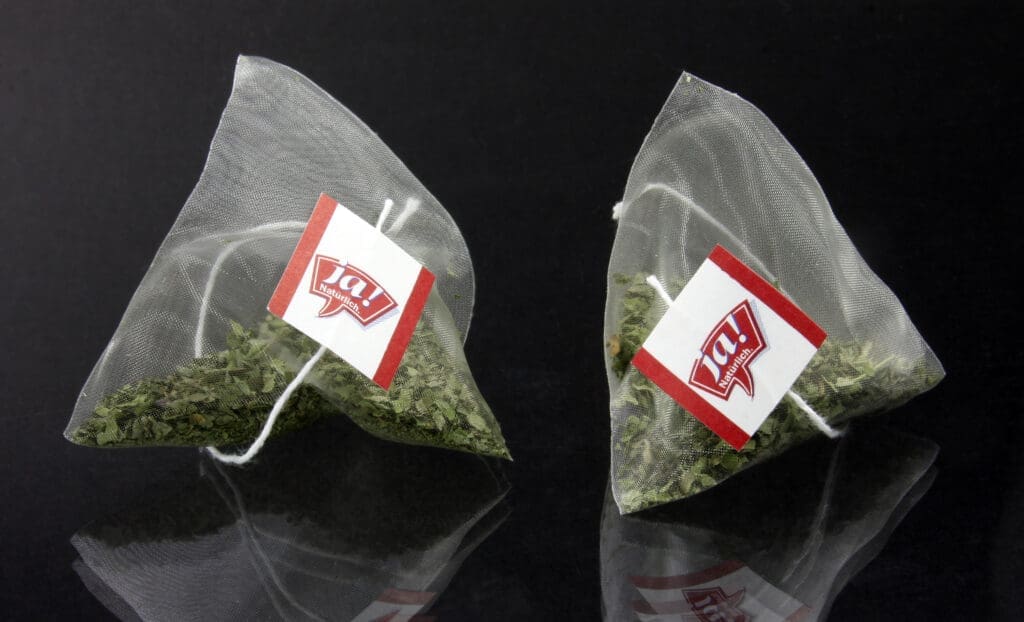
- Improving performance: Blends and additives enhance heat resistance and durability, making biopolymer textiles more versatile. Circular fashion benefits by reducing plastic microfibers. Incorporating them into existing supply chains demonstrates how sustainability can be achieved without reinventing production infrastructure.
- PHA fibers: Still emerging, with processing challenges, but offering potential as sustainable alternatives. Research continues to improve fiber strength and spin quality, opening doors for more mainstream applications in performance wear and technical fabrics.
Agriculture and Environment
- Biodegradable mulch films (BDMs): BDMs replace persistent low-density PE sheets, reducing soil pollution. They modulate soil temperature, retain moisture, and support yields—especially in Mediterranean climates. By breaking down naturally, they prevent long-term soil contamination. Farmers also save labor and disposal costs, since the films do not need to be collected after harvest.
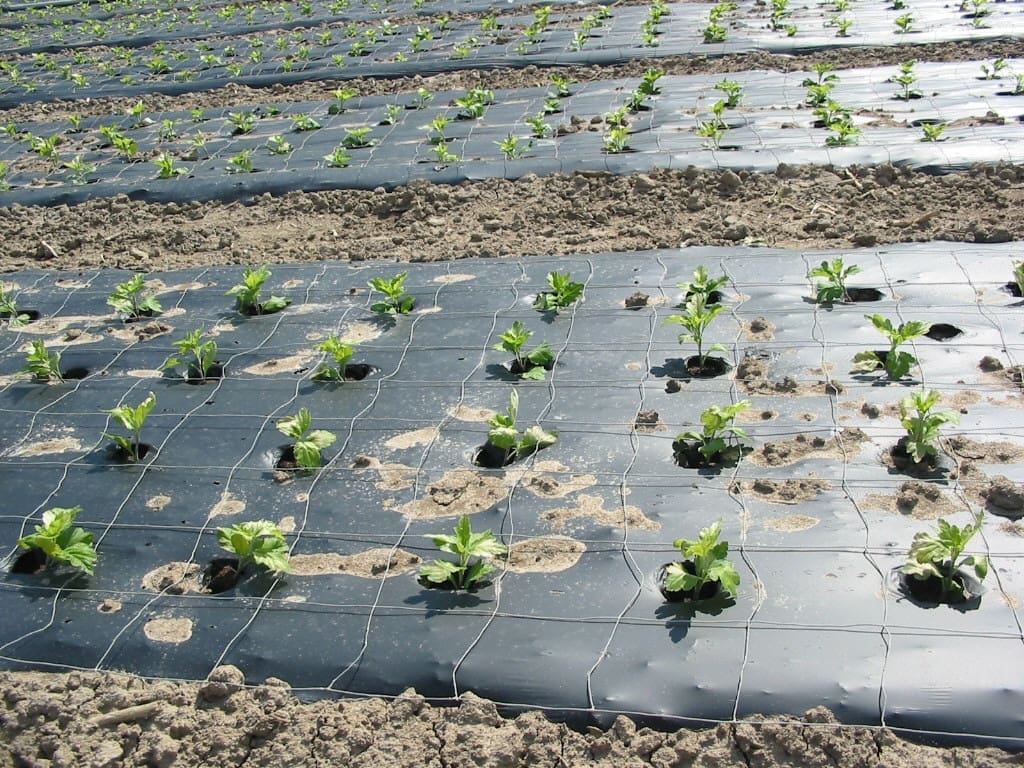
- Controlled-release agrochemicals: Biopolymer coatings provide slow-release nutrients, reducing runoff and pollution. This controlled delivery improves fertilizer efficiency, enabling higher yields with fewer chemical inputs.
- Environmental sensors: Biopolymer composites serve as biodegradable sensors for soil and pollutant monitoring. After use, they safely degrade, ensuring that precision agriculture does not generate additional e-waste.
Electronics and Electrical
- Concept: Biodegradable electronics are designed to function, then safely dissolve—reducing e-waste and enabling temporary implants. This approach tackles the rapidly growing challenge of electronic waste, one of the fastest-rising waste streams worldwide.
- Biopolymer substrates: Silk, cellulose, and other natural polymers provide flexible, biocompatible bases. They can also be engineered to dissolve on command, providing additional control over a device’s lifespan.
- Use cases: Temporary implants and environmental sensors that vanish after their purpose is served. In both healthcare and environmental monitoring, this eliminates costly retrieval or disposal steps.
Advances in degradable conductors and programmed lifetimes allow devices to work reliably for days to months before disappearing. This precision means devices can match the needs of medical treatments or field monitoring tasks without leaving residues behind. Balancing performance, robustness, and safe degradation remains the core challenge. Researchers are seeking polymers that combine the electrical stability of conventional plastics with predictable and benign breakdown pathways.

Future of Biopolymers
Climate change will increase demand for sustainable materials, positioning biopolymers as substitutes for fossil-based plastics due to their lower carbon footprint and biodegradability.[7][8]
Feedstock supply and pricing will strongly influence scaling. Agricultural residues, algae, or waste from fisheries may expand supply.[9][10][11]
Future innovations include:
- Agriculture—nanoencapsulation: Microcapsules for precise delivery of nutrients or microbes. By protecting fragile bioactives until they reach the plant root zone, these capsules improve resilience against drought and pests.
- Plasticizers—bio-additives: Safer, renewable plasticizers that improve flexibility. They also offer better compatibility with recycling streams compared to petroleum-derived plasticizers.
- Bioresorbable electronics—therapy: Temporary nerve stimulators that dissolve after healing. This avoids secondary surgeries, accelerating patient recovery while lowering hospital resource use.
Biopolymers in the Solarpunk City
Biopolymers have the potential to revolutionize everyday life, from biodegradable packaging to green agriculture and medical devices. In farming, they reduce waste and enrich soils; in textiles, they lower fashion’s carbon footprint; in electronics and healthcare, they enable transient, eco-friendly solutions. Substituting fossil plastics with renewable, degradable alternatives supports circular economies and strengthens climate resilience. With broad applications already emerging and more research on the horizon, biopolymers will be a crucial building block in transforming how we build, live, and heal within sustainable SOLARPUNK cities.
Sources:
[1] pmc.ncbi.nlm.nih.gov/articles/PMC8912672/
[2] https://pmc.ncbi.nlm.nih.gov/articles/PMC8912672/
[3] https://pmc.ncbi.nlm.nih.gov/articles/PMC9919854/
[4] https://www.sciencedirect.com/science/article/abs/pii/S0959652620310258
[5] https://www.cas.org/resources/cas-insights/biopolymers-manufacturings-latest-green-hero
[6] https://pubs.rsc.org/en/content/articlelanding/2017/cs/c7cs00149e
[7] https://www.nature.com/articles/s41467-025-62877-6
[8] https://www.sciencedirect.com/science/article/pii/S0957582024006359
[9] https://www.european-bioplastics.org/bioplastics-market-development-update-2024/
[10] https://www.european-bioplastics.org/bioplastics/feedstock/
[11] https://www.sciencedirect.com/science/article/pii/S2666498423000194

